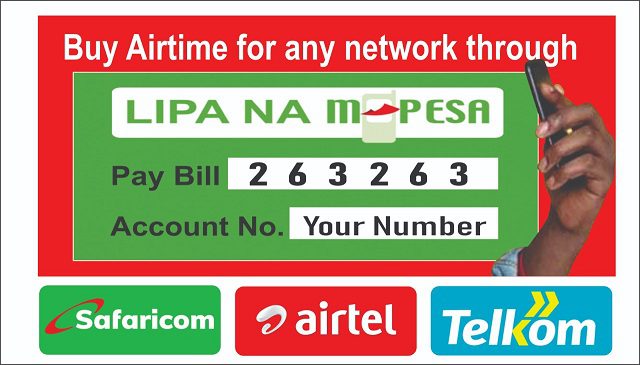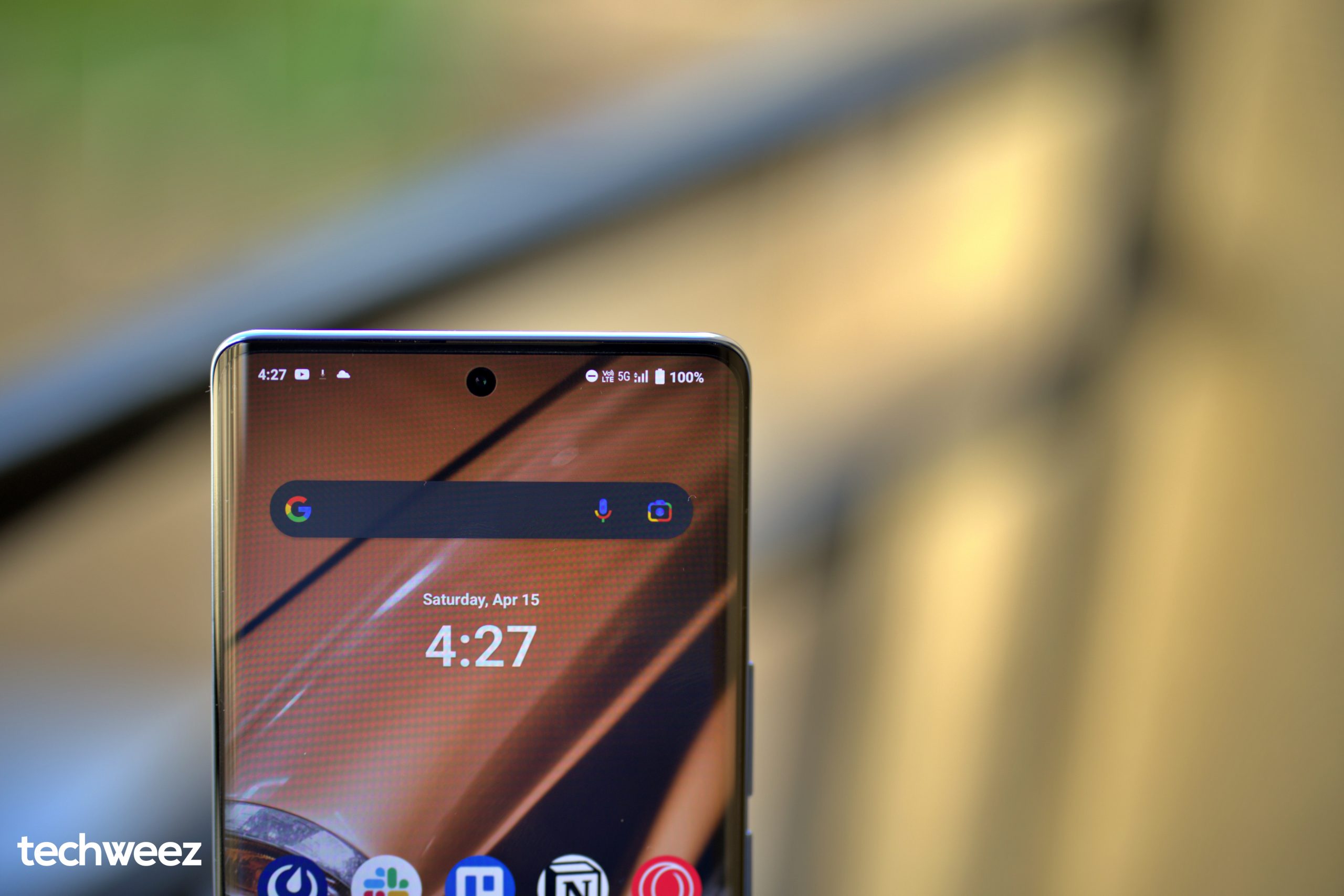Project Loon was launched at the start of the past decade, 2011. The whole project’s business model was beam internet signals to underserved regions across the world using helium balloons.
To do this, the Alphabet offshoot needed to work with other companies, such as carriers and policy makers in target countries.
In its development, the company tested its product in a number of countries, including Kenya, and worked with telcos such as Telkom Kenya.
At one time, President Kenyatta prompted the acceleration of Loon licensing to work with Telkom at the start of the pandemic.
The move was to see more people access internet services, considering that COVID-19 quarantine was in force, so people were working from home.
Loon hoped that it would net as many partners as possible to make its business profitable while serving remote areas where ordinary cell towers are too expensive or geographically limiting to erect.
As we have come to learn, Loon is now long gone after it wrapped up its operations just the other day.
However, we have been wondering what really happened, and how come the company didn’t scale after staying in the business for a decade.
It turns out the company had its share of internal problems, and its potential markets weren’t so welcoming thanks to regulatory hurdles, among other impediments.
Loon closing shop does not mean that it has not achieved some major feats. According to the Slate, it reportedly worked with leading operators, including AT&T to offer internet services to more than 100K people during Hurricane Maria.
Besides Kenya, Loon also performed tests in other countries, including South Africa and Sri Lanka.
The Kenya case, for instance, was particularly impressive. During its official unveiling in 2020, Loon deployed about 35 balloons that were beaming 4G signals to Telkom Kenya subscribers.
But still, Loon, being a business, was not growing as fast as projected earlier. In 2019, Loon had deleted all funds given to it by investors. So, from that time, it was depending on funds provided by Alphabet.
It is also reported that Loon was searching for additional investors, but the move did not materialize.
Moreover, it has been reported that Loon was using up to $100 million every year.
The budgets were obviously higher than expected, but for good reason. Loon had not expected that it would spend tens of millions to run its helium balloons.
The setback was also associated that Loon’s target was underserved areas that are often occupied by low-income households that can only afford the internet if it is priced competitively.
Each of Loon’s balloons cost millions of shillings to operate, and they had to be replaced after five or so months.
These costs posed financial constraints for the company and its partners.
Regulatory approval was also an impediment to Loon’s expansion. The Kenya case, for instance, took an extended review period, and KCAA only provided a license after the Kenyatta intervention. CA, had authorized the company to work in Kenya earlier.
Regulatory hurdles were also faced in other markets, including Indonesia (on a rumour that the balloons were equipped with spy cameras) and Sri Lanka (the UN did not want to use the same spectrum as Loon).
In other markets where Loon was beaming internet signals, the intended customers did not have devices to take advantage of the technology. Those markets, as said, are underserved, and households have the budget for devices.
Telkom Kenya says it will go back to expanding its 4G coverage using the good old ground towers. The telco has two months to find an alternative to serve customers that were currently enjoying Loon services.
“We continue with our long-term terrestrial network expansion plan that is informed by our overall company strategy, which will see us scale up to 80 per cent to 4G, increase our network footprint across the country and get more Kenyans online,” said Mugo Kibati, Telkom Kenya’s CEO.
Loon will fully exit the market by March 2, 2021.























